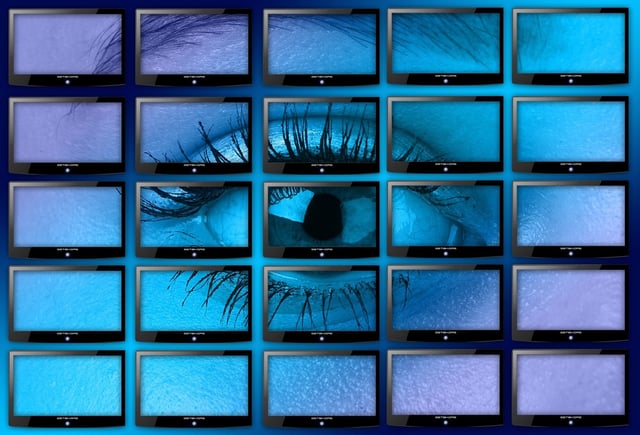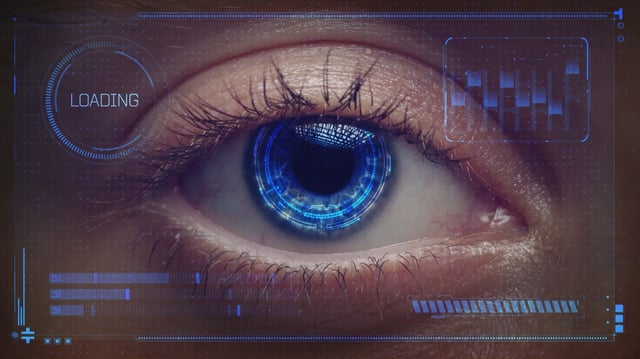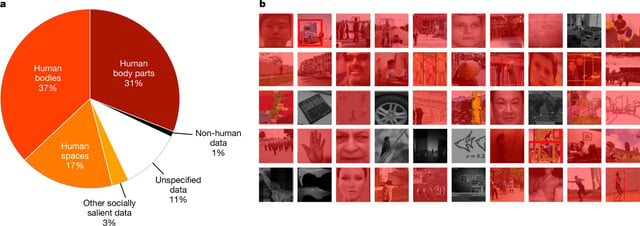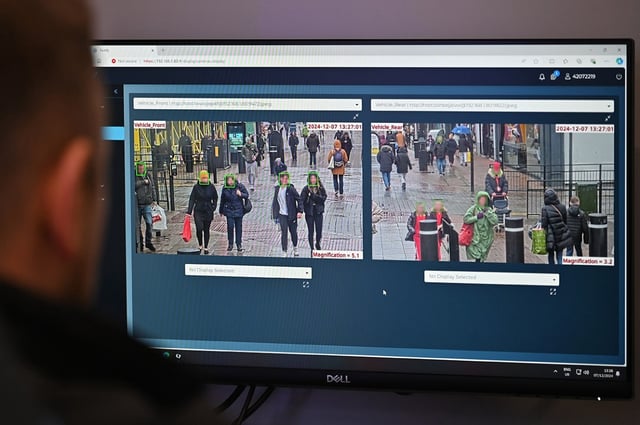Overview
- A Nature study of over 19,000 papers and 23,000 patents found that 90% of computer-vision research and 86% of related patents involve imaging humans and their spaces.
- Analysis shows a fivefold rise in surveillance-linked patents citing computer-vision papers from the 1990s to the 2010s, highlighting rapid growth in monitoring applications.
- Researchers warn that referring to people as ‘objects’ masks the true purpose of many studies and normalizes pervasive surveillance.
- Critics caution that AI-driven monitoring tools can entrench biases against minority groups and threaten privacy and democratic freedoms.
- Nature editorials and experts are urging AI researchers and policymakers to adopt ethical standards and stronger oversight of surveillance technologies.



